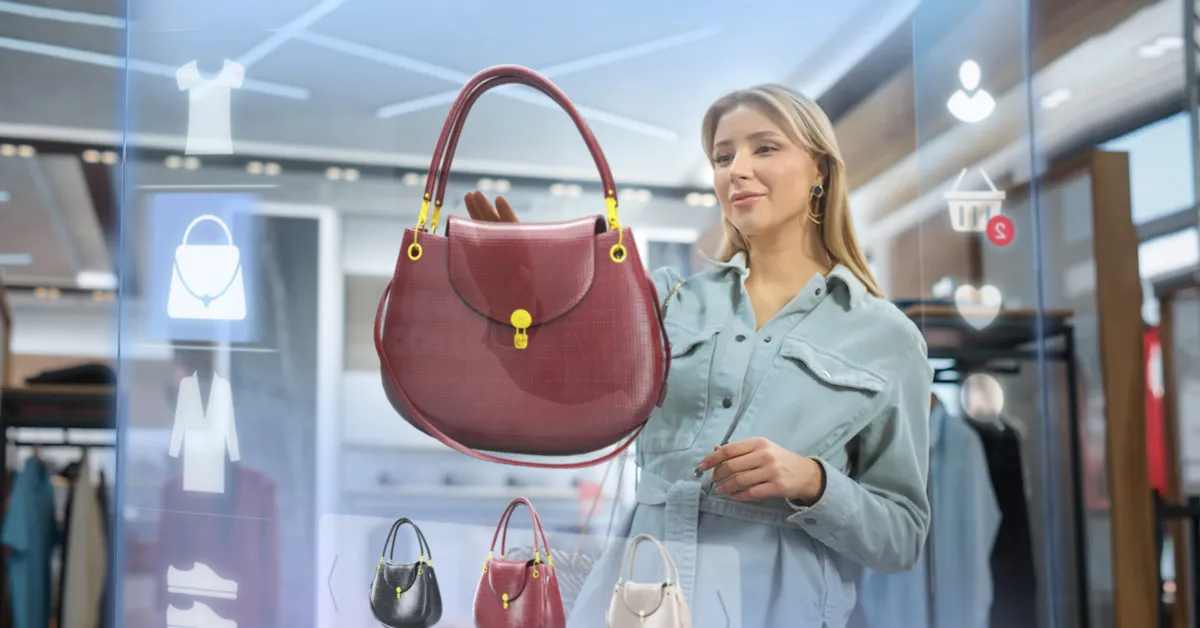An expected increase in metaverse usage coupled with more advanced VR environments and virtual avatar creation has driven many brands to explore the sale of virtual goods. A prime example is Parallel by Tommy Hilfiger.
The metaverse is a nexus of many different worlds. Gartner suspects that by 2026, 25% of all people will spend at least one hour per day in the metaverse for shopping, work, education, social or entertainment. This expected increase in usage coupled with more advanced virtual reality (VR) environments and virtual avatar creation has driven many brands to explore the sale of virtual goods. This trend has been particularly pervasive in fashion as brands increasingly design and sell clothes for the metaverse.
Many brands are exploring virtual fashion in the context of a variety of use-cases. We explored a variety of examples in our extensive article on fashion and designer NFTs for luxury brands. A further example that was recently released is Parallel by Tommy Hilfiger. Under the headline “look great anywhere” this project aims to create a unified clothing collection of “apparel for parallel worlds”.
In a first step, users can choose a virtual avatar to fit their clothing onto. This can either be a temporary avatar or they can use a custom AI-generated avatar that closely resembles themselves from the cross-metaverse service Ready Player Me. Once an avatar is selected, users can choose between different virtual Hilfiger outfits delivered to their virtual wardrobe. Outfits are priced at 3€ each and Hilfiger creates additional hype by claiming that “due to high demand it may take some time for the virtual outfit to be delivered”. Once an outfit has been selected, users are offered the opportunity to purchase the matching outfit as physical clothing pieces – with direct links to the Hilfiger online store.
Initiatives such as this can drive growth in a variety of ways. Firstly, incremental revenues can be generated as virtual goods extend sales of physical collections. To capture this potential, players will have to carefully construct their monetization strategies for such products and consider how price levels fit into their overall portfolio price strategy. Secondly, any avatars wearing these virtual fashion pieces automatically drive marketing and brand perception among those using metaverse platforms. Naturally, players will have to carefully evaluate which branding objectives they are pursuing with these initiatives and which metaverse channels are relevant for them and their target customers. Thirdly, virtual goods linked to physical goods may also be an effective sales channel for existing physical product categories. If virtual collections are integrated into the customer journey for traditional goods, brands may be able to effectively extend their funnel through such initiatives.
Companies that want to achieve success here need to carefully prioritize which objectives they are trying to achieve through such initiatives and balance monetization, sales and marketing focusses accordingly.










